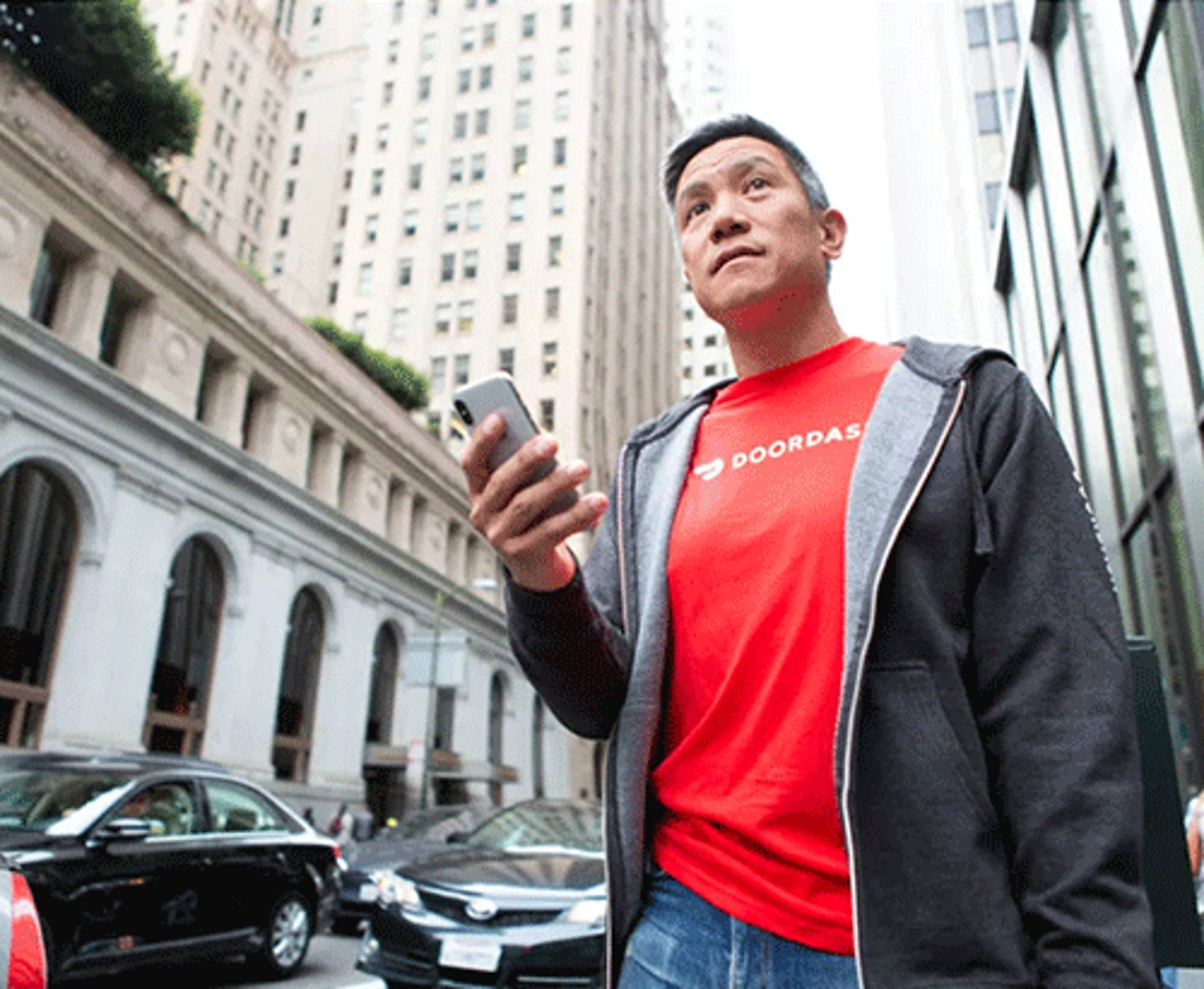EXCLUSIVE PREVIEW: How DoorDash benefits lower-income consumers
New DoorDash data indicates the on-demand delivery platform helps lower-income users get access to meals.
According to data released to Chain Store Age by DoorDash in an exclusive preview, DoorDash saved U.S. consumers 446 million hours of shopping in 2023. In addition, during the year DoorDash fulfilled almost 550 million deliveries including meals, groceries, and more to consumers based in low-income (annual household income below the U.S. median of $75,000) communities across the U.S.
In a recent survey of its users, DoorDash found that 33% had an annual household income below $50,000 and 50% had an annual household income below $75,000. Analyzing order values, DoorDash found that the typical order value among consumers with household incomes below $75,000 was around $31, while for consumers above this income threshold it was around $39, or the extra value of one typical item.
On the platform as a whole, the median DoorDash order value was about $30 and 75% of orders placed in the last year were below $43 in value.
Order frequency was also similar among customers of different income levels. For example, 72% of surveyed consumers with a household income below $75,000 had placed more than one order on the platform in the past month, compared with 69% of consumers earning more than that.
However, DoorDash also identified a number of data points that highlight its functionality among lower-income consumers. These include:
- Customers from households earning below $75,000 were twice as likely to skip a meal entirely or eat snacks if they weren’t able to get a meal delivered by a third-party app compared to consumers above this threshold.
- Two-thirds of consumers with household incomes below $75,000 agree that it’s easy for them to order food through DoorDash on their budget and 71% agree that DoorDash offers good promotions and discounts. Respondents in this income bracket were more likely to say that ordering from DoorDash has gotten more affordable in the last year than higher-income respondents.
- Seven-in-10 respondents with household income below $75,000 have used DoorDash to order from merchants that would otherwise be too far away (compared to 59% for consumers above this income threshold).
- More than one-in-four (27%) respondents with a household income below $75,000 say that one of the main reasons they use a delivery platform to order a meal is because it's difficult for them to get to a restaurant, while only 13% of higher-income respondents say this.
- Respondents with a household income below $75,000 were also more likely to have used DoorDash to order a grocery item compared to higher-income consumers (43% compared to 35%), with one-in-four of these consumers saying the main reason is because it was difficult to get to the store.
- Among respondents who had used DoorDash to order grocery items, 64% agreed that doing so made it easier for them to stay within their budget and 76% said that it was easier to discover new items.
Recent efforts DoorDash has made to serve the needs of lower-income customers include adding ACME Markets, Food City, Hy-Vee, Jewel-Osco, Kings Food Markets, Pavilions, Randalls, Shaw’s, Sprouts Farmers Market, Star Market, Stater Bros. Markets, Tom Thumb and Vons to the number of retailers it accepts SNAP/EBT payments with. It also joined the White House Conference on Hunger, Nutrition and Health, pledging to increase the availability of produce in its marketplace by partnering with local, regional and national grocers across the U.S.
Founded in 2013, DoorDash offers deliveries in more than 25 countries.


